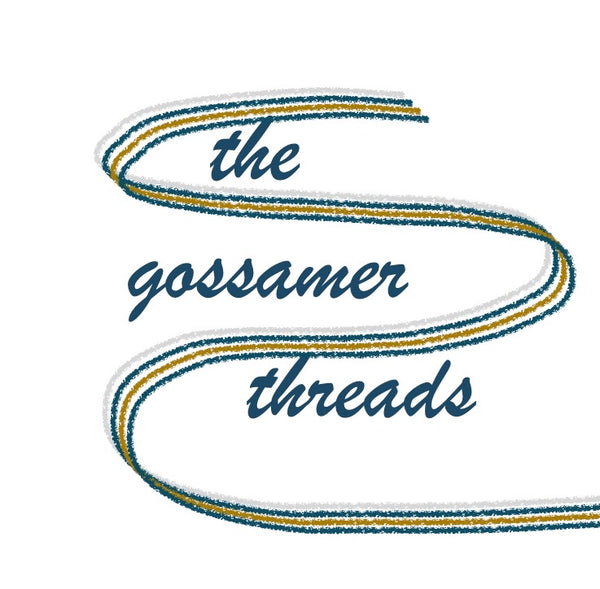Hey Did You Get My Text?
That is the message of the day but actually, not even that long ago some people and businesses used answering services to take their calls and messages.
Yup, and that was my first job. I sat in a room all by myself in a building downtown and answered other people's phone calls. There were hundreds of phone lines and any of those could ring at any time. EVEN EMERGENCY calls for ambulances. I answered those too! It always sent the operator's heart racing when the LOUD alarm sounded for those calls.
Each phone line had to be answered differently and eventually the operators memorized the phrases to say for each numbered line. There were businesses like after hours plumbers, delivery services like a diaper service, personal residences, and doctors or lawyers. If the diaper service got a call I would say, Nana's Diaper Service Exchange. And that word exchange let the caller know they reached the answering service. This is the X in PBX. It stood for Phone Board [X] Exchange. So even back then there was an X messaging platform.

During really busy periods of the shift an operator might answer 10 or 15 calls in a single minute. We would plug in to the phone line and quickly say the proper business name followed by "Can You Hold Please". For some we had to wait for the caller to say yes or NO in case it was an emergency.
Most doctors had to have an answering service at that time in case there was an emergency at the hospital. We operators had to discern whether the caller had a real emergency or could wait till the doctor checked in at his given time. We wrote down a caller's name, call back number, the time of the call and what the message was. Neat handwriting was a requirement for this job because the next shift might have to read your messages. We put the slips of paper into the shelves of small wooden box slots with the customer name.
Some businesses had set hours for the answering service to take over. For example for a plumbing business we answered during lunch hour, 12-1:00pm, and after business hours 5:00pm until 9:00 am. If someone had a broken pipe when the business was closed we would call the business owner or person on call right away. Otherwise business personnel would call in the mornings to pick up messages.
Others, like doctors, would call us every few hours to give us the phone number where they could be reached for emergencies- No Cell Phones back then. There were "beepers" during this time period. These devices would be called by the answering service and a signal would get sent to the device to BEEP. Maybe the caller number showed to the beeper owner? I 'm not sure. But the doctor would know to call the "service".
We got to know the customers pretty well. Some doctors were not the friendlist and if an emergency call wasn't actually and emergency, Oh Boy!, we might get a big telling off. Others doctors were fun. I remember chatting regularly with one doctor who was funny and he would tell me about things going on at the hospital or other amusing side stories.
About those ambulance calls....
Back then there was not the 911 emergency number. There were ambualnce/paramedic services that would rotate being on call for emergencies. The first thing we had to do when coming into a shift was look to see which ambulance service was on call.
When the ambulance line rang we took the call. Immediately a phone number of the caller was written down, then location, then type of emergency. There were specific phrases for types of emergencies. Like "man down" "woman down" - for an unknown cause of the problem. The term "51-50 " was used to communicate a mental health issue. Today the code D-5 means a snake bite.
You can look up 'codes for ambulance calls' a see the lists for todays usage.
And yes... it was possible for an operator to listen in to any call between parties. Of course this was not allowed and most customers could probably tell if someone was listening by the clicking sounds or back ground noise. Once a call was put through the callers would generally listen for the click sound of the operator switching off the call and then start their conversation. Sometimes the callers would say "thank you operator" as the cue for an operator to close the line.
The reason answering services were still around when I was young was due mainly to the doctors, ambulance calls and after hours businesses like plumbers.
This was a fun job. You could get to know a lot of people and learn all about stuff going on. Eventually I starting talking to people at the places I thought I might want to work. I ended up getting a job at one of the local hospitals this way. It was a better paying job and I answered all the phone calls coming into the hospital. A more sophisticated system and lots of other job duties too. When I started working at the hospital I got to meet or see all the doctors I had been talking to ... that was really funny to put the real faces to the big personalities I had gotten to know. But thats another story...


